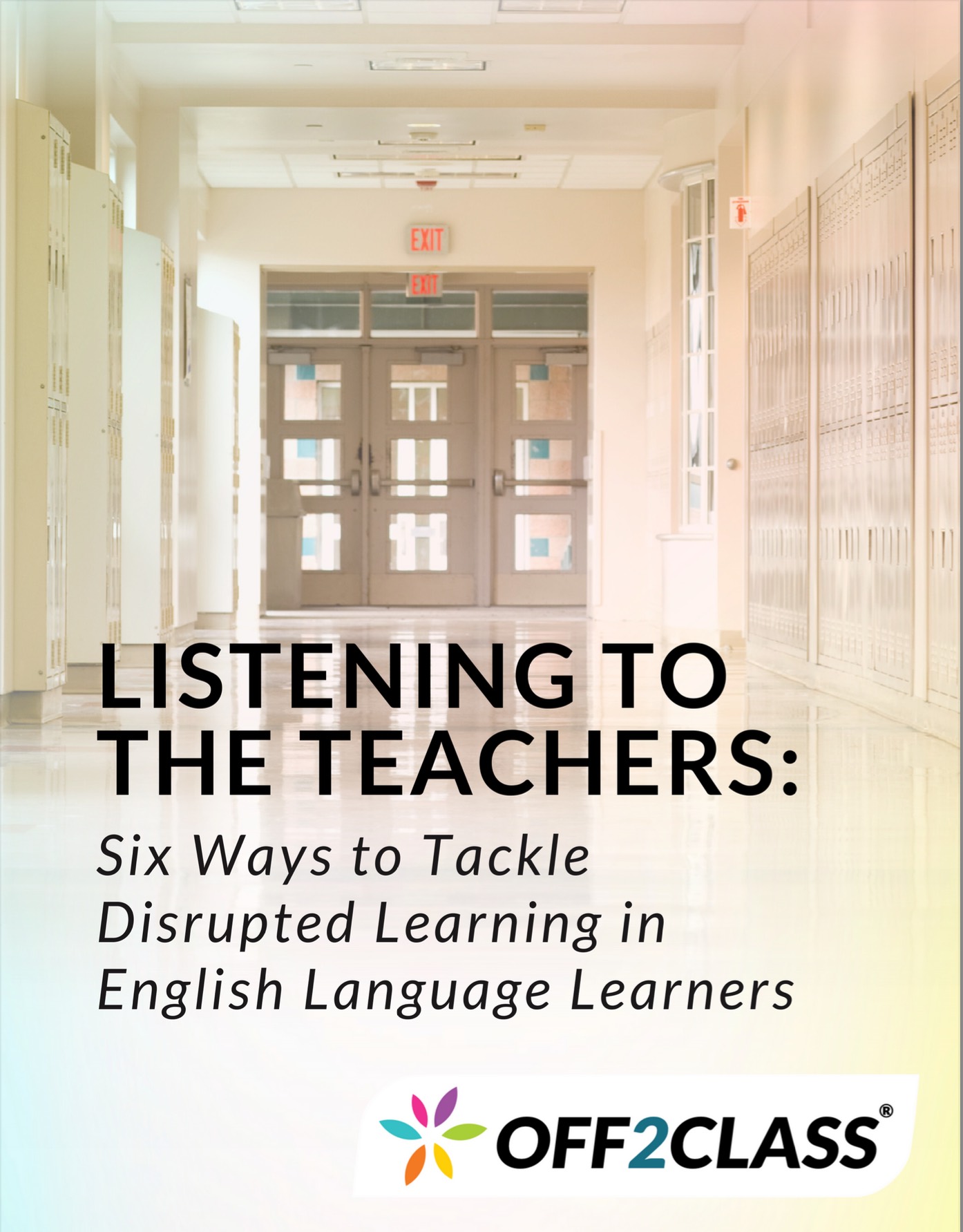5 min read
Share this post

A quick bit of background…
Over the last two years I’ve been teaching ESL to a number of adults, adolescents and young learners online. What started as a couple of extra hours a week morphed into a full time independent online ESL business. Most of my students are from Turkey (where I was previously teaching) and are between the ages of eight and thirteen (although I have taught students as young as six, online). Most of my classes are a mix of literature (focusing on school syllabus) and general grammar or vocabulary.
Yes, it can be done, and sometimes it’s easier than in-person lessons…
Some teachers are surprised that a young learner as little as six can be taught English online. Young learners love learning online and in most instances you will have greater motivation and increased concentration than in the traditional classroom. Here are some things I have learned thus far:
Every young learner is different, so start with a trial and a briefing document
I’ve had young learners who were experiencing significant behavioural challenges in their school classrooms who have responded extremely well to the online environment, and vice versa. I suggest that for all prospective students, you commence with a trial lesson to see if the online environment works for your student.
I send a short briefing document to parents before their trial lesson. Remember, online learning is new and this is likely to be the parent’s first experience. Outline the information they will need, including instructions on where in the house to take the lesson, technical set-up, learning goals, teacher-parent communication and discipline policies. You can also included less interesting aspects (for the parent!) such as your cancellation and payment policies. Be sure to send detailed instructions on how to join your videoconferencing system to parents before the first lesson. Five to ten minutes of fumbling with microphone and speaker settings is enough to kill the enthusiasm of a young learner.
In your briefing document, instruct the parent to be present during the trial (to offer familiarity and comfort to the young learner) and to leave the room while the lesson is taking place as it starts to flow naturally.
Maintain strong communication with the parents!
The one key difference between teaching adults and young learners online is the expected amount of communication. Parents often view their ESL tutors as coaches. Regardless of the online format, you should keep in constant contact with the parents. Exam preparation, course work and significant events (even non-learning related) will bring additional communication. In contrast, most of my adult students only communicate with me regarding class scheduling.
Remember to keep the parents involved. Private tuition always allows for a more honest and open communication with parents, so it’s easier to advise of both positive and negative experiences during class. A brief message regarding a student’s achievement in class will often be as valid recognition of their child’s learning as a mid-semester report card.
Young learners are loyal students!
If you are starting your own online ESL business, you hope that your students will remain engaged with you as a teacher. In my experience, when you create a bond with a young learner they retain at a much higher rate then their adult counterparts. Almost all of my young learners have remained with me for the entire time I’ve been teaching ESL online. This is good news for new online teachers. At times it may seem difficult to attract new students, yet after 18 months of teaching I still have the young learner students I started with, even during the summer vacation (the same can’t be said for my adult students).
Discipline is important
Discipline with a young learner online is just as important as in a traditional classroom. The subject is lengthy, so at a later date I will prepare a more detailed post on the subject. But for now, I will say that maintaining a consistent and clear discipline policy is important. Be sure to communicate your policy with parents in your briefing document and do not shy away from promptly reporting discipline issues to parents. Maintain recordings of your lessons so you can show your parents any issues that have arisen.
Share this post



5 Comments
Hi! I am starting the beginning process of moving to teaching ESL online….it will be a slow transition since I am a full time ESL teacher in an elementary school. While I have tons of tangible materials I’m wondering how to design lessons for children online. I know I need lessons to be engaging and interactive what kinds of resources, sites, and materials work best when instructing kids online?
Thanks for your help!!
Andrea
Hi Andrea,
We recently held a webinar in which I explained how to create engaging content. You might like to view this for some ideas!
https://www.off2class.com/create-content-for-online-esl-lessons-webinar/
Best wishes,
James
Does off2class offer courses or material for young learners?
Hi Sam,
While the lessons were generally designed for adolescents and above, we have lots of teachers adapting the material for young learners.
Check out our collection of young learner resources here:
https://www.off2class.com/tag/young-learners/